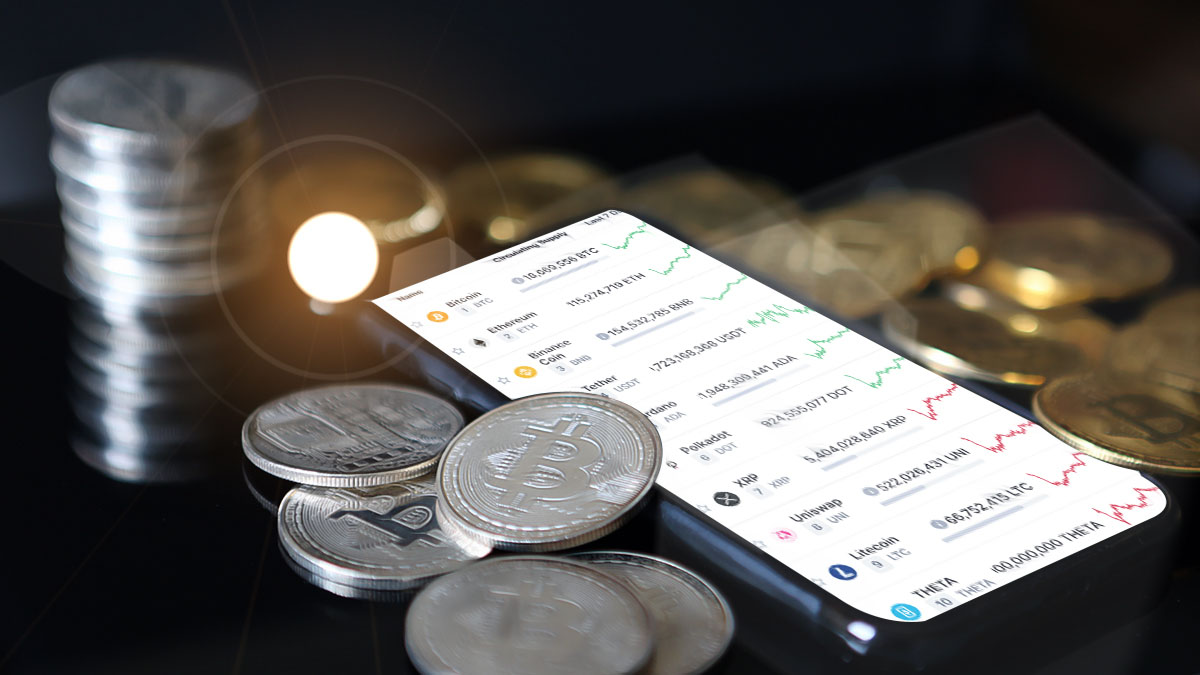Metis, an Ethereum Layer-2 project, has reached a milestone with its total locked assets soaring to $1 billion as of January 15, marking a significant 51.93% increase over the past week. This surge has propelled the altcoin Metis to an all-time high, placing it third in Ethereum Layer-2 locking volume, trailing behind Arbitrum One with $11 billion and OP Mainnet with $6.06 billion.
The achievement of $1 billion in locked assets on Metis underscores the growing interest and trust in the platform within the Ethereum ecosystem. Users are increasingly exploring Layer-2 solutions for enhanced scalability and reduced transaction costs, with Metis emerging as a prominent option.
The 51.93% jump in locked assets within just a week indicates a rapid adoption rate and positive sentiment surrounding Metis. Users are recognizing the platform’s capabilities in facilitating faster and more cost-effective transactions, contributing to Metis’s rise in the Ethereum Layer-2 landscape.
Comparing Metis’s $1 billion in locked assets with other Ethereum Layer-2 peers provides context for its position in the ecosystem. While Arbitrum One leads, Metis stands as a formidable competitor in third place, with OP Mainnet highlighting Metis’s significant presence in the Ethereum Layer-2 arena.
The increase in locked assets on Metis reflects a broader industry trend where users seek efficient and cost-effective transaction alternatives. As Metis celebrates reaching $1 billion in locked assets, the platform is poised for ongoing growth and impact in the Ethereum Layer-2 environment, reaffirming its role as a key player in the evolving blockchain ecosystem. The altcoin Metis is currently trading at $129.












